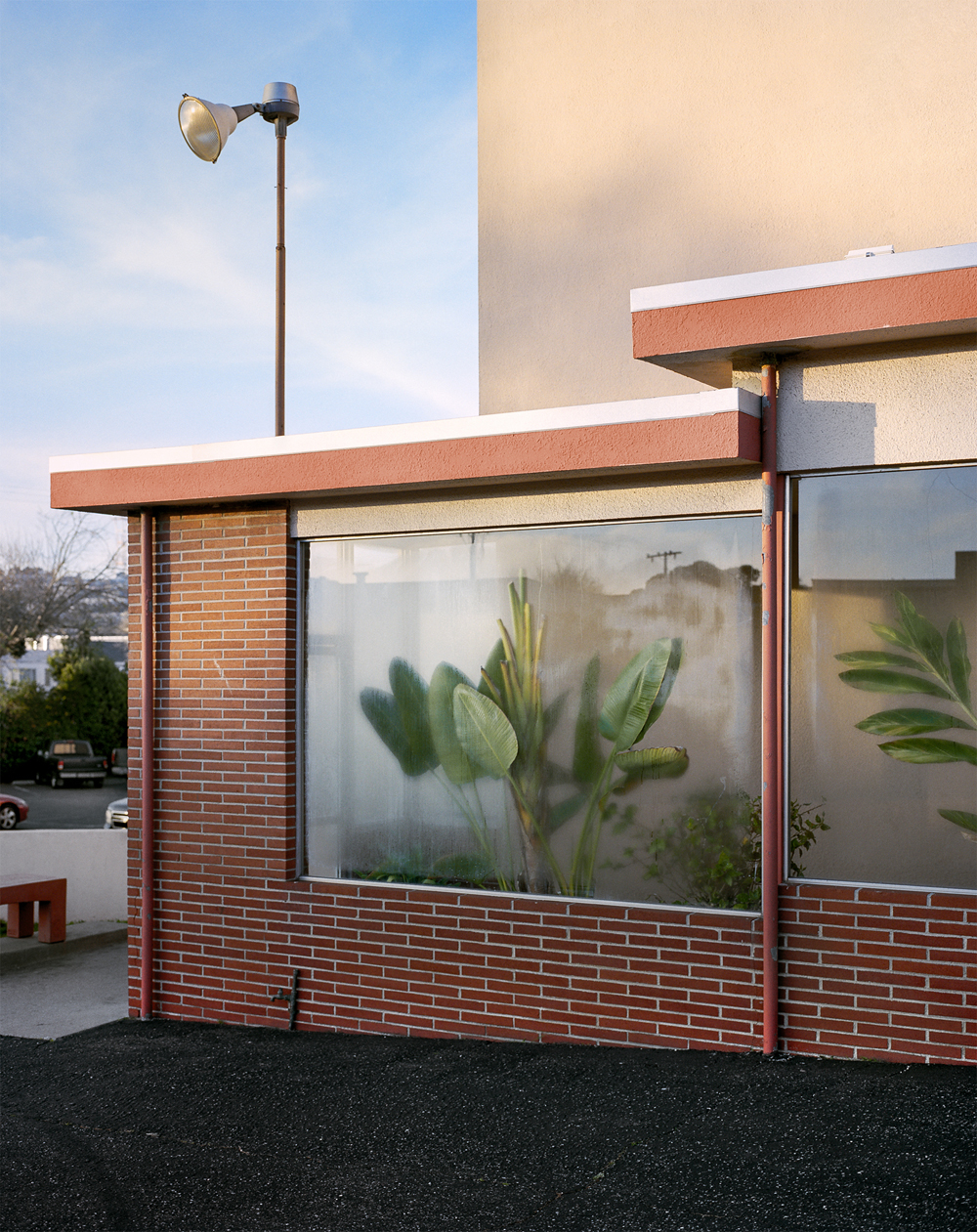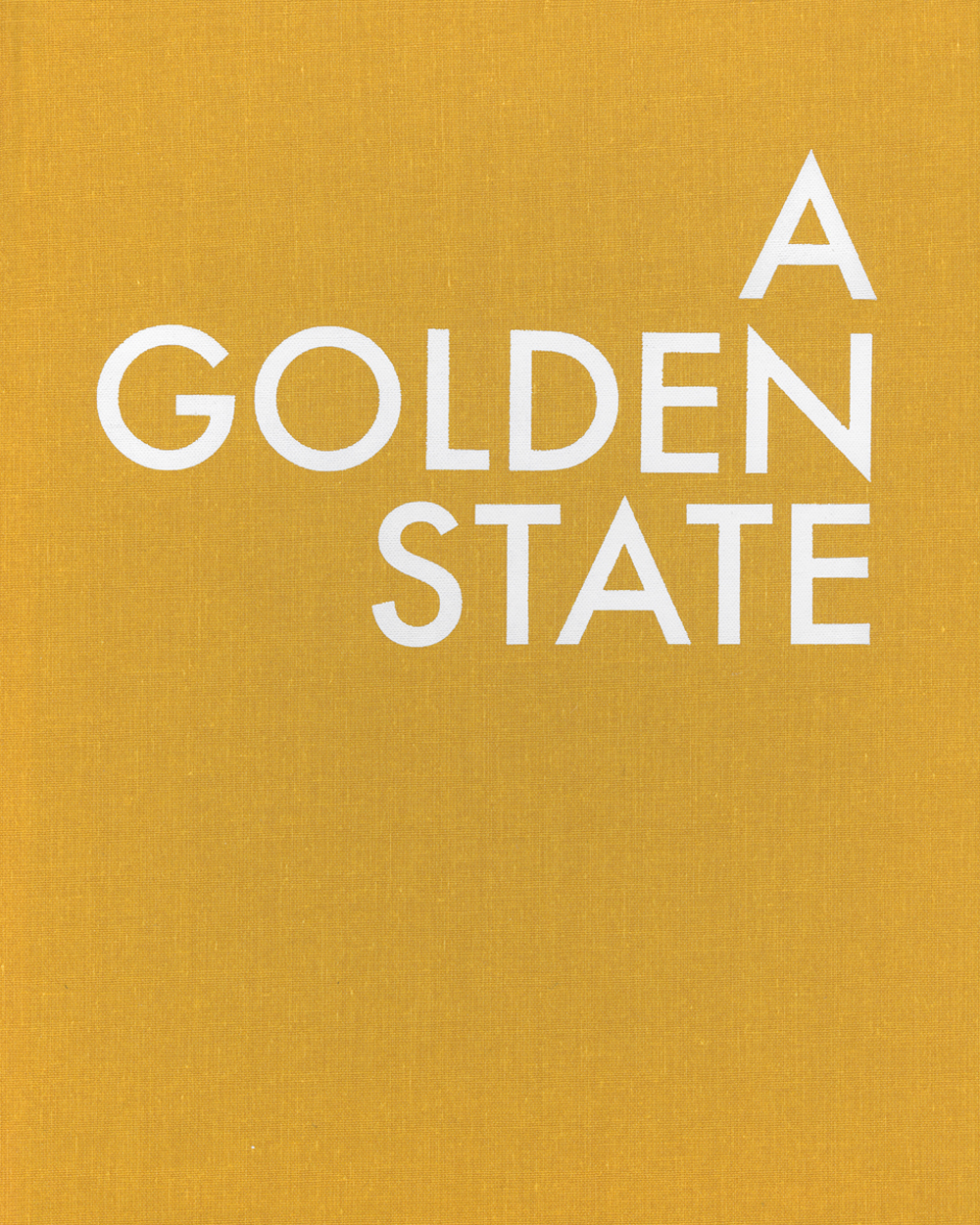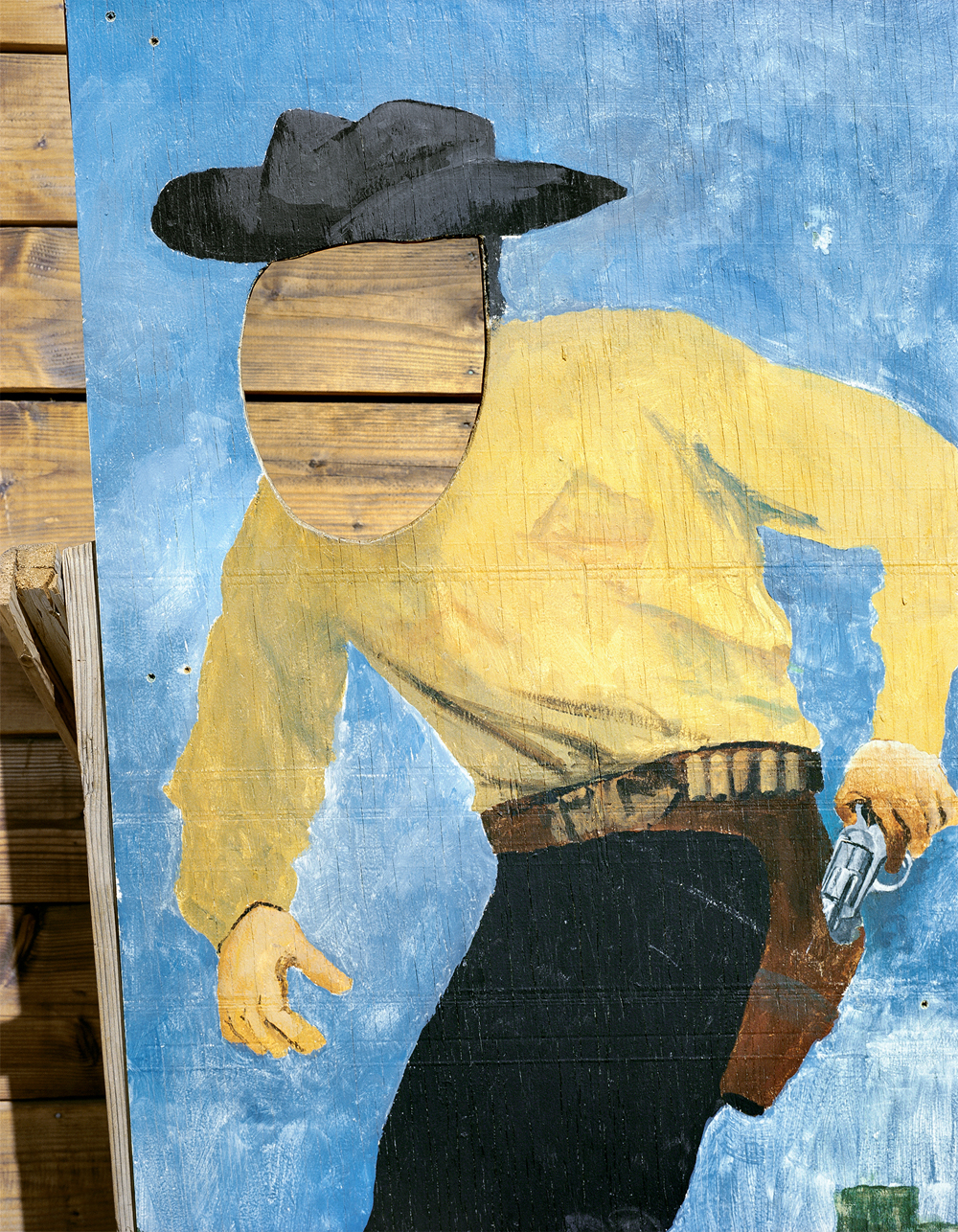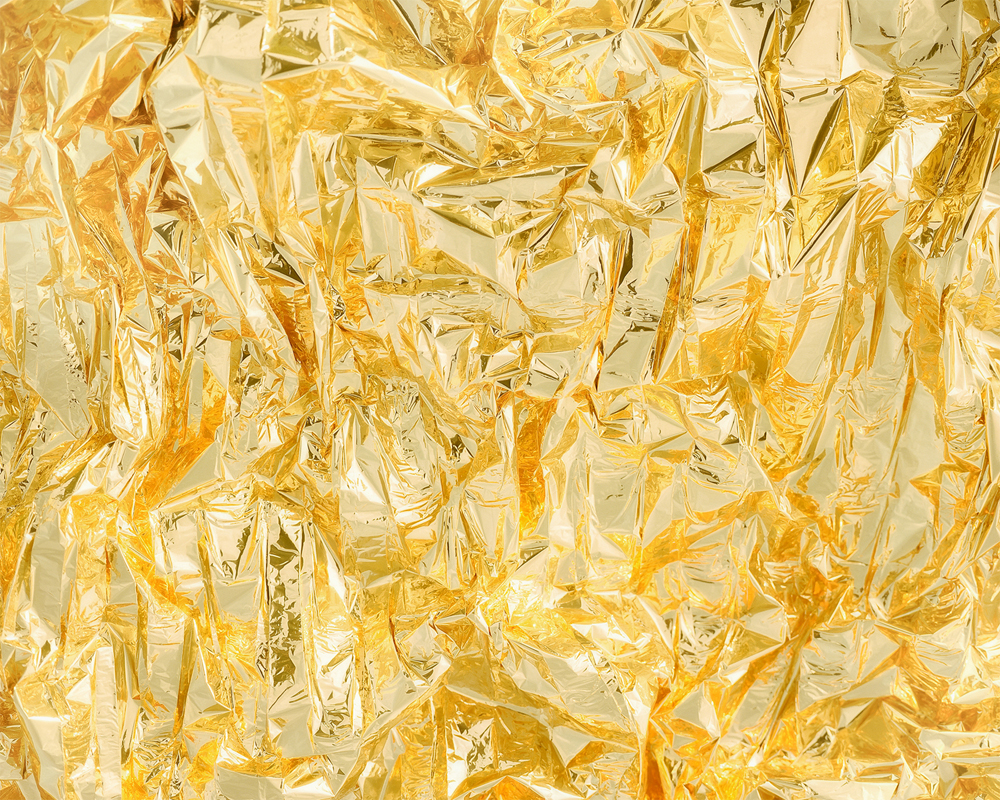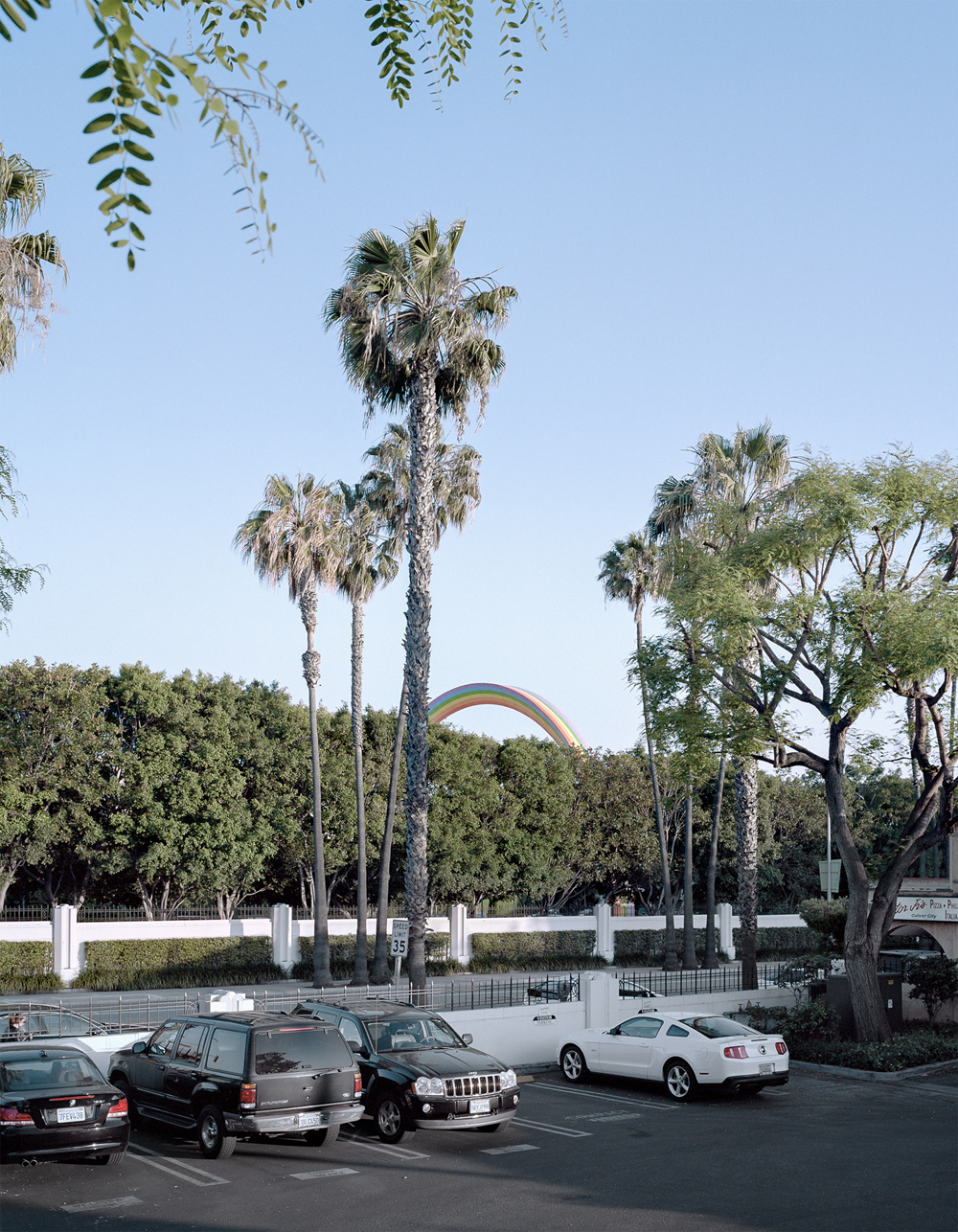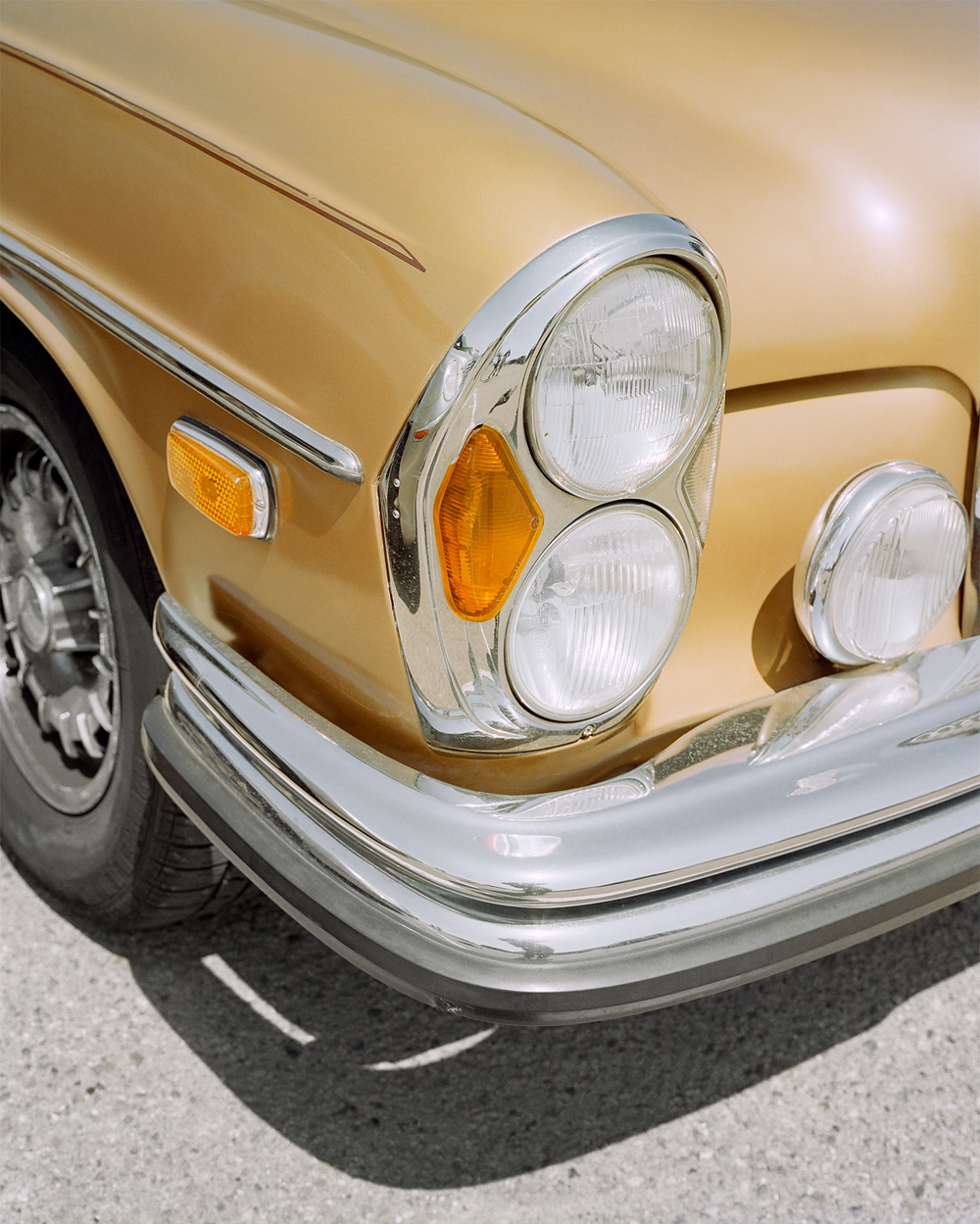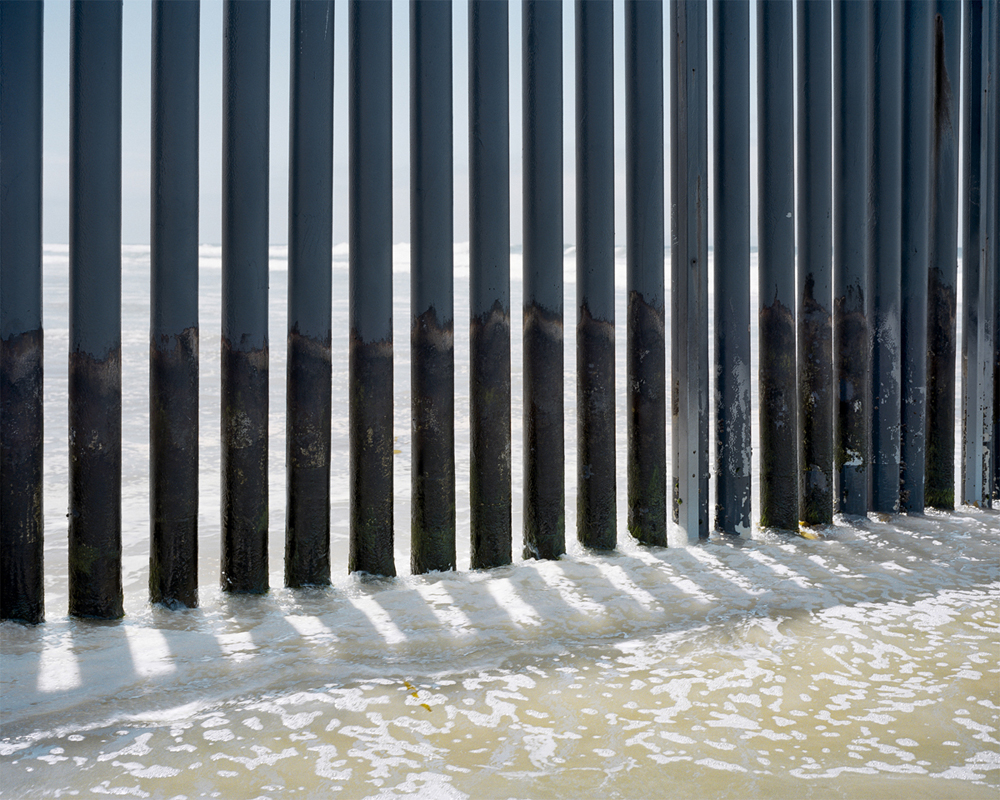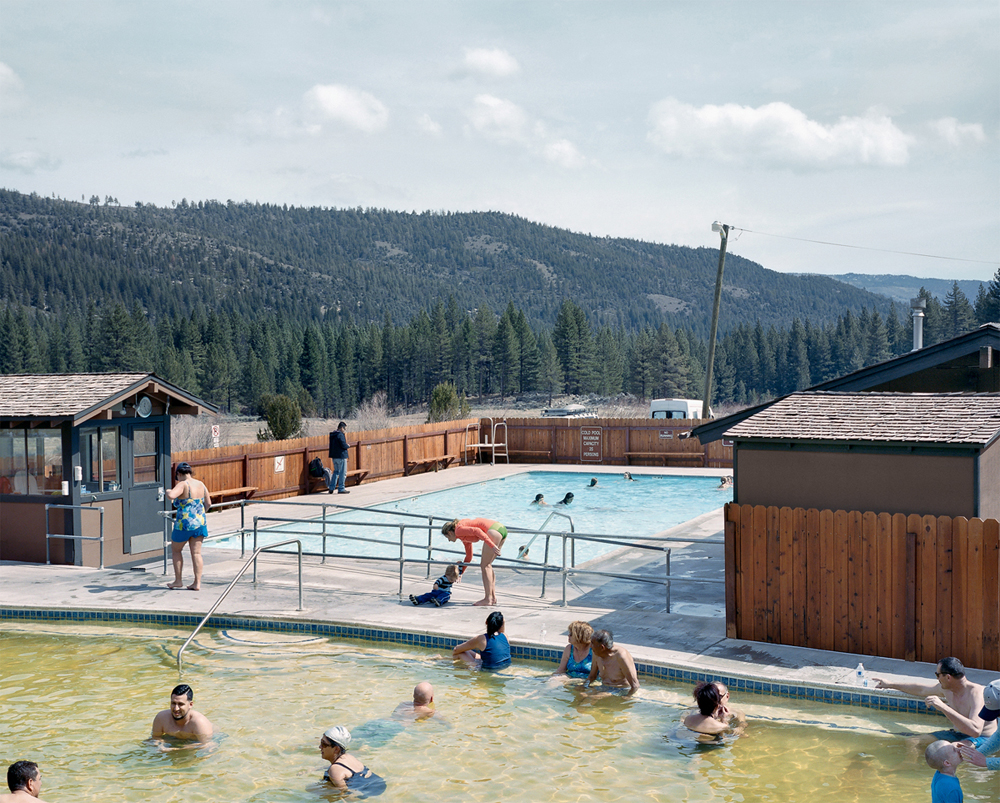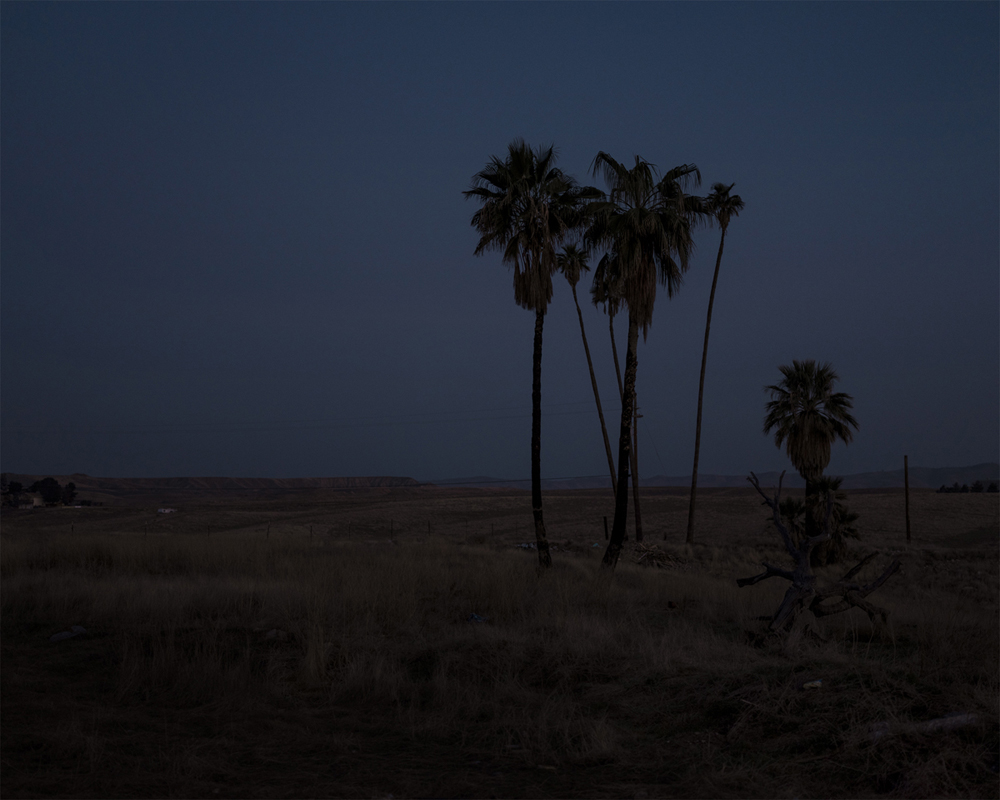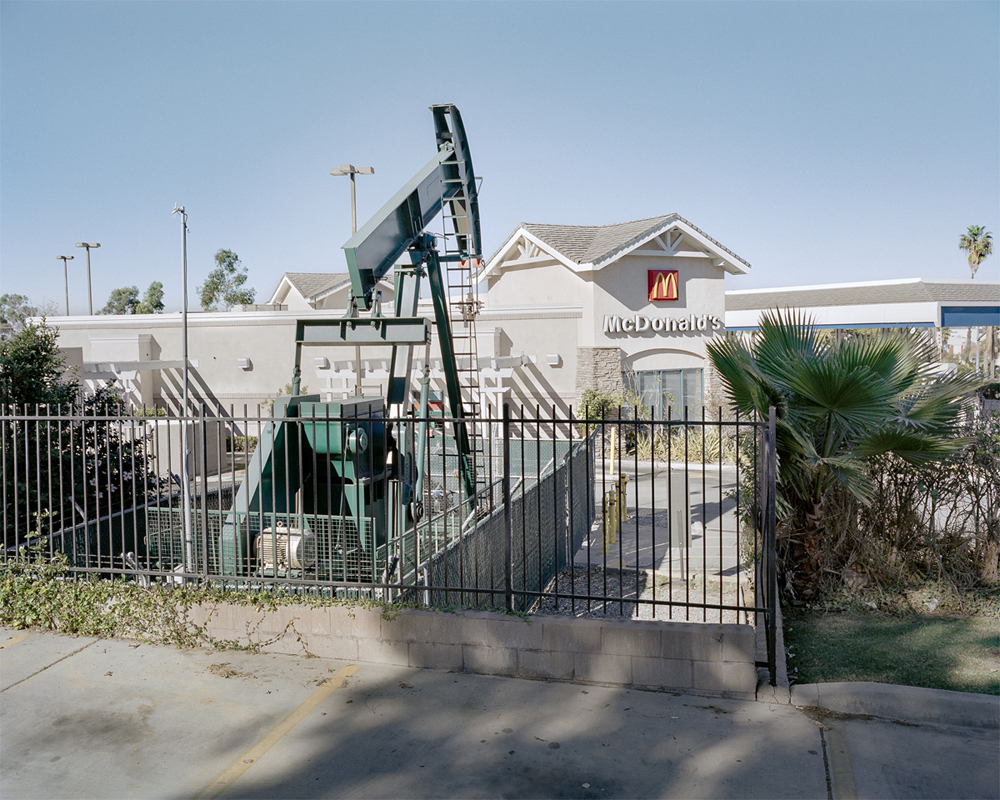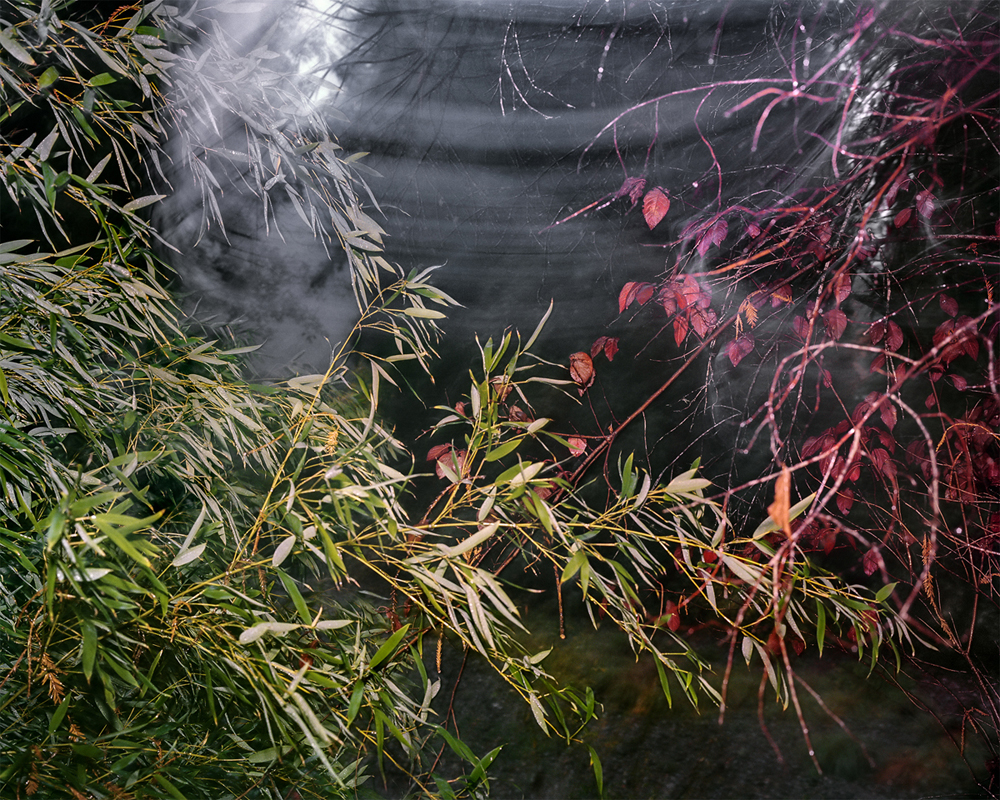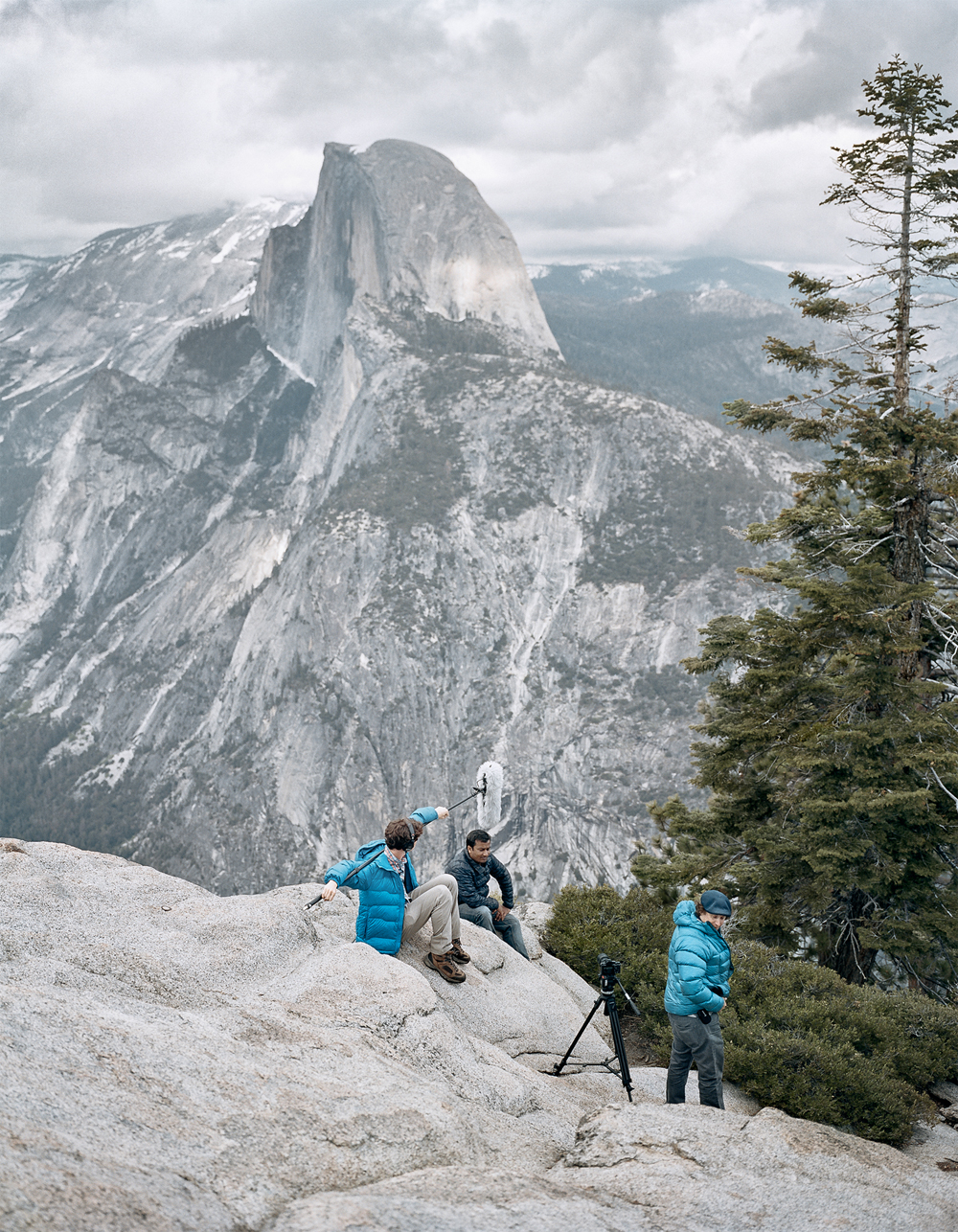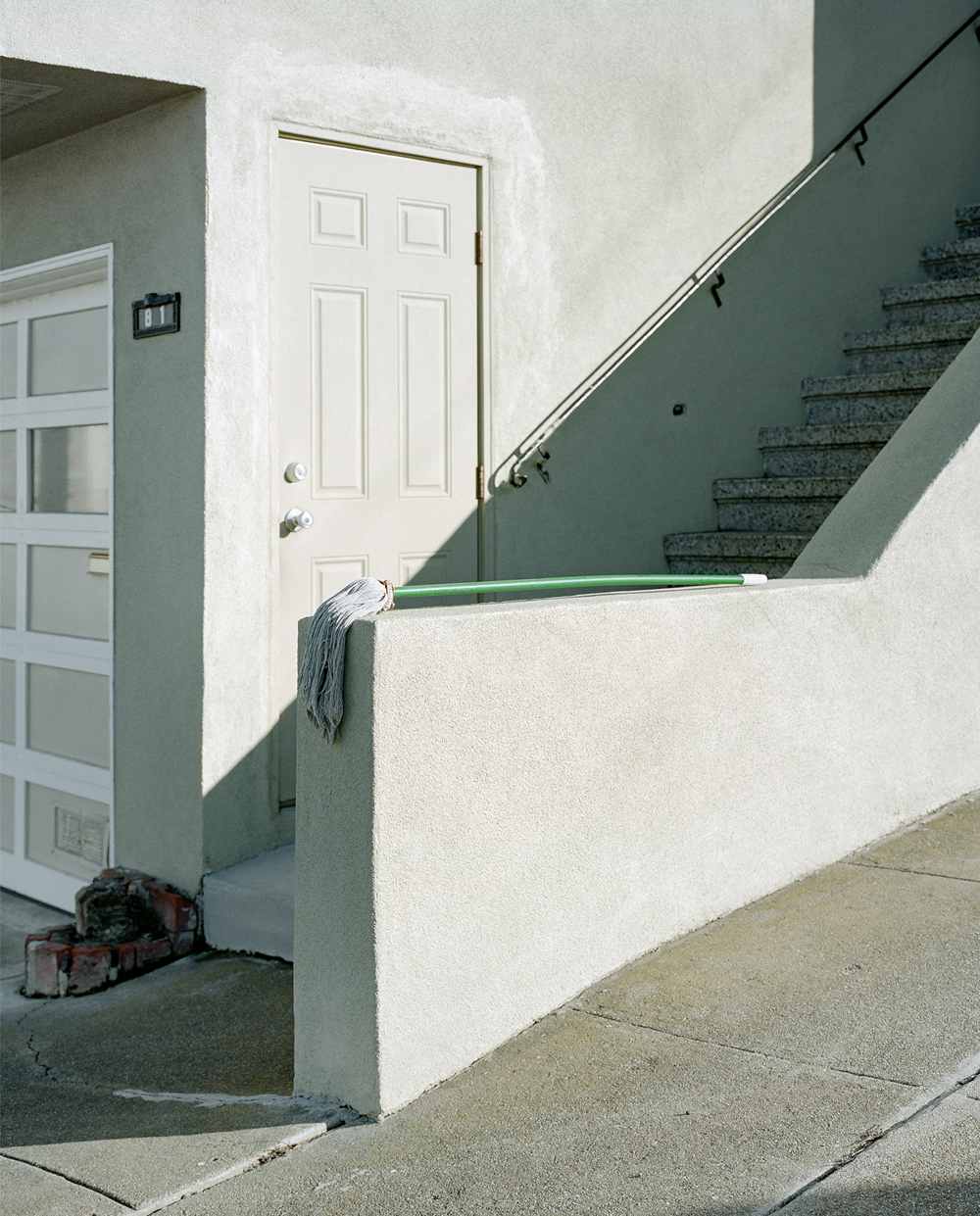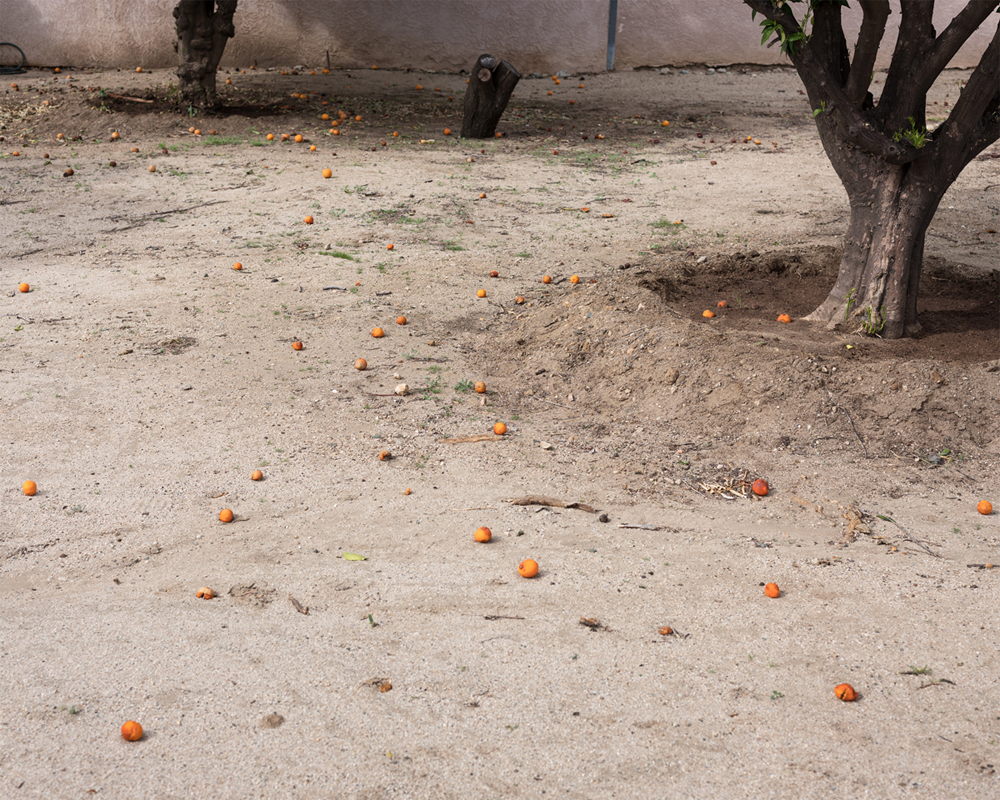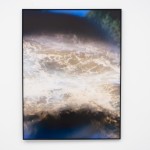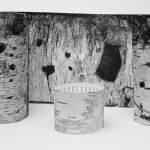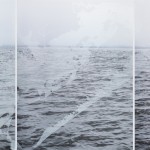Shawn Bush: A Golden State
I recently received Shawn Bush’s new monograph, A Golden State, in the mail–ironically right when the California wildfires unfortunately have indeed created a golden state. It’s a unique book, published by Skylark Editions, a brilliant golden cover that holds photographs of California with a new telling of Western stories. Interestingly, the book provides no text to guide us on this California road trip, instead it allows for our own discovery of lost mythologies as the iconic West becomes littered with contemporary life. The romanticizing of this long coastal slice of the country is historic, but as I watch even the faux Western movie towns burn in the recent fires, even the self created West has disappeared, leaving us with something new, a place yet defined.
Lens based artist Shawn Bush grew up in Detroit MI, a city whose civic history and geographic location has profoundly influenced the way he thinks about space within the American sociopolitical landscape. He is interested in over-built systems, failing icons and crumbled mythologies. Bush earned a BFA in Photography from Columbia College Chicago and an MFA in Photography from the Rhode Island School of Design. He has lectured about his personal practice at various East Coast institutions including the Massachusetts College of Art and Design and the Rhode Island School of Design.
Bush is the recipient of the 2016 T.C Colley grant for excellence in lens-based works and a finalist for PDN’s 30 in 2018. His debut artist book A Golden State won first prize in the handmade category at the 2016 Lucie Photobook Prize in New York City and is included in several noted collections, including the Griffin Museum of Photography in Boston, MA. A Golden State was recently on view at Gallery Kayafas in Boston, MA.
A Golden State is an exploration into the mythologies associated with Californian existence. By following historical and contemporary paths of ideological propagation, A Golden State highlights the mirage of an idealized existence connected to place. Having lived within Hollywood’s sphere of influence, the dissonance between its reality and its referent becomes increasingly removed with its role as the backdrop of Western ideology. – Shawn Bush
Congrats on the book! Can you share the process of transforming the project into book form?
Thank you! It was a long process that was key to the work being built up. In 2012 I began to make photographs after moving to San Francisco for work. It wasn’t until two years later that I began to play around with them in a book form. At that point, the work was extremely unresolved. Looking at it as a book helped me identify the holes and inconsistencies, allowing me move forward and fill the gaps.
There are several renditions of the book prior to having the opportunity to work with Skylark Editions and create an edition. Those existed in several forms, from simple laser printed and taped tests to sewn and clothed hardcover books. It wasn’t until graduate school that I really had the freedom and chance to expres the work in a book form. It was also at that time when I began to experiment with laser cutting and box making. Those experiments culminated in a small edition of 10 books encased in clamshell boxes, which was the real inspiration for how the Skylark Editions book was designed. Without playing around with design on the computer and as a physical object, I would have most likely stopped making that work. That process provided so much clarity and really changed how the work evolved.
I’m curious as to the lack of text in the book, can you speak to that?
I played around with text in several of the maquettes, though it never felt like it was playing a significant role. To me, the title page is sufficient and acts as a window into the perception of existing within the state of California. The work was inspired by cinema and daily forms of media (advertisements, television, web articles, social media, etc.) that continually sell a utopian dream of Californian existence, where image, not text, acts as the primary communication method. I didn’t want writing to describe that or what was shown in the images. It is more important for viewers to have a similar experience that I did while living within its sphere of influence, which was a mix of discontent and unconditional love or mystery.
How does the book format transform the work for you?
The book is the home for this work. The interaction between the viewer and image is so much different than when viewed in a gallery or digital space, both in positive and negative ways. The gallery allows viewers to really investigate small elements within the images because the ability to scale them at a much different levels but doesn’t not allow for the same curation of sequence. The book allows for viewers to have a carefully curated experience. It is almost like the artist can talk directly to viewers through the book. With A Golden State, that experience is much more interactive and intimate than in a gallery setting. The book also allows viewers to own a piece at a small price, much lower than a single print in a gallery. It also permits you to digest the work in more significant and personal way than the usual quick romp around a gallery. The ability to come back and reinvestigate the work over and over again in the book form provides a deeper understanding of the artists intention of that work, which is certainly true for A Golden State.
Will this be the first monograph as a publisher?
I am not the publisher for A Golden State but did have a pretty large hand in the production of the books, both in the design, creation of the images and the physical book themselves. They were printed and sewn in Milwaukee, WI. I took over from there, producing all of the covers and boxes, as well as laser cutting the title pages locally. It was a great deal of extremely rewarding work. Up until that point, I had never produced books in such a mechanical manner. The thought of doing so had been in my head for a few years, so it was an amazing opportunity to do it. I cannot thank Kelli Connell, Paul D’Amato and Greg Harris enough for their support and involvement.
That being said, in the new year I will be starting a publishing company focusing on creating a balance between the informational and sculptural aspect of the form. I am extremely excited to announce that Zora Murff will be the first artist showcased. We will be collaborating on his beautiful body of work At No Point In Between, which will release July 2019.
Posts on Lenscratch may not be reproduced without the permission of the Lenscratch staff and the photographer.
Recommended
-
Paccarik Orue: El MuquiDecember 9th, 2025
-
Jackie Mulder: Thought TrailsNovember 18th, 2025
-
Interview with Maja Daniels: Gertrud, Natural Phenomena, and Alternative TimelinesNovember 16th, 2025
-
Mara Magyarosi-Laytner: The Untended GardenOctober 8th, 2025
-
Conner Gordon: The OverlookOctober 4th, 2025

